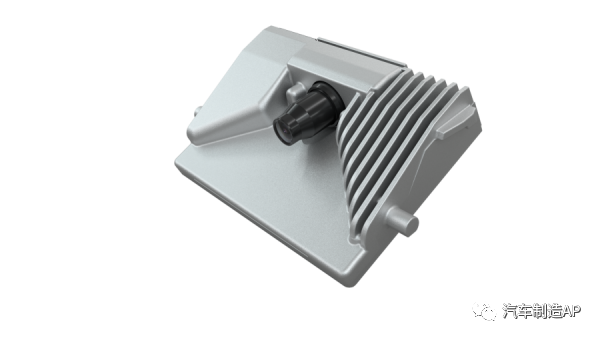■Editor: Bright
■Source: Magna
Magna’s Gen5 system features a scalable all-in-one front camera module with long-range perception and side detection capabilities, which will be widely used across various platforms and vehicle models in the coming years, expected to begin production in late September 2023.
 ▲The Gen5 front camera module system is produced at Magna’s facilities in Germany, Slovakia, and China. Photo: Magna
▲The Gen5 front camera module system is produced at Magna’s facilities in Germany, Slovakia, and China. Photo: Magna
According to a supplier announcement on September 4, 2023, Magna announced at the 2023 IAA press conference that it will begin producing the innovative Gen5 front camera module system for a certain European automaker. In the coming years, this module system will be widely applied to various vehicle platforms and models across different regions. Magna leverages its industry-leading camera expertise and technology, along with global manufacturing processes, to develop a scalable all-in-one front camera module that meets the needs of automakers.
The complete front camera system offers a wide field of view, with a horizontal angle of 120° and a vertical angle of 48°, capable of detecting obstacles over 160 meters ahead of the vehicle, as well as side objects such as traffic lights, emergency vehicles, and merging vehicles. This camera has a resolution of up to 8 million pixels and a frame rate of 36 frames per second, providing full-color display. The microprocessor is scalable and can integrate with up to five radars for sensor fusion. Sharath Reddy, Senior Vice President of Magna Electronics, stated: “We are committed to providing cutting-edge solutions and innovative technologies to ensure safety for all vehicles and people on the road. We have launched a next-generation front camera module system that enhances driving assistance features by providing critical functionalities, ensuring that drivers remain engaged in the driving process and receive real-time detailed information about the road, allowing them to have a comprehensive understanding of their surroundings.” The next-generation front camera module system includes the following features: • Memory Parking Assistance (TPA) — a comfort automatic parking feature that, when selected, allows the system to automatically park based on previously learned ‘parking in’ or ‘parking out’ trajectories. • Environmental Condition Recognition (ECR) — classifies the current road conditions ahead based on surface moisture and snow coverage, facilitating the control of the vehicle by autonomous driving functions. • Monocular Scene Reconstruction (MSR) — capable of detecting transitional areas from the driving zone to non-driving zones, such as transitions from asphalt roads to grass, construction sites, etc. • Hazard Detection (HZD) — can detect static obstacles on the road in advance to avoid collisions.
Previous Articles
Mercedes Development Chief: Discusses the New MMA Platform and Turning Points for Future Development in China
Weipai Technology Provides Electric Drive Systems for Honda
